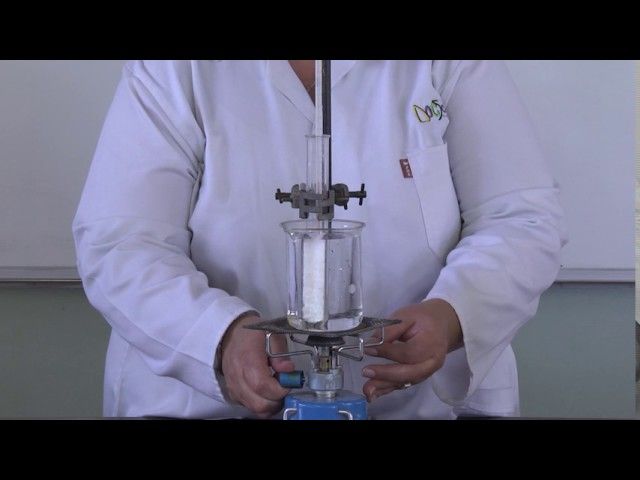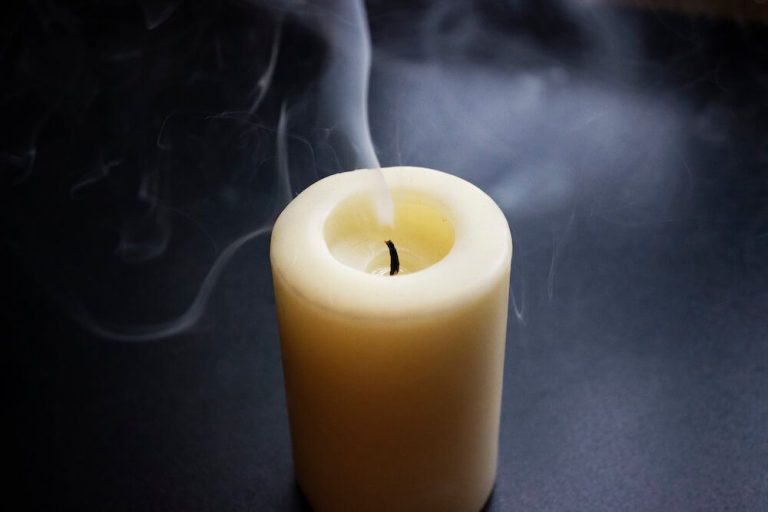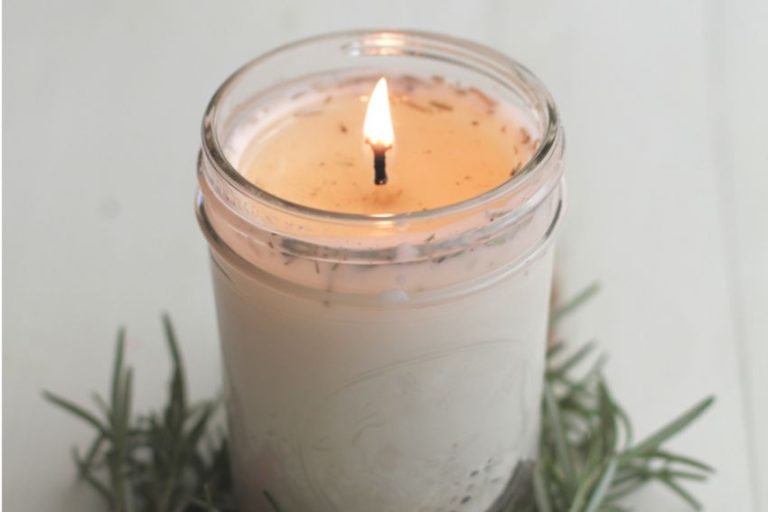Which Is Better Wax Melts Or Plug Ins?
Intro
Wax melts and plug in air fresheners are both popular options for scenting the home. They each have their pros and cons to consider when deciding which is best for your needs. Wax melts release fragrance as they melt with the heat of a wax warmer, while plug in air fresheners use electricity to diffuse fragrance oils. We’ll outline the costs, fragrance options, intensity, convenience, safety, allergies, environmental impact, and aesthetics of both wax melts and plug in air fresheners to help you determine the better choice for your home.
Cost
When it comes to upfront costs, wax melts tend to be cheaper than plug in air fresheners. You can buy a big bag of wax for around $10-20 that will last for months. Plug in air fresheners on the other hand usually cost $4-8 each and only last for 4-6 weeks. So the upfront investment is lower for wax melts.
Looking at cost per use, wax melts also come out ahead. If you estimate using 1 cube per day, a $15 bag with 80 cubes will last 80 days or around 2-3 months. That’s about 5 cents per day. Plug ins used for 1 month cost around $5-8. So the daily cost is higher, around 15-25 cents per day depending on the brand.
The continuous costs of wax melts are lower as well. You just need to replace the wax every few months rather than buying a new plug in every month. Wax melts provide more bang for your buck, especially if you buy in bulk.
Fragrance Options
When it comes to the number of fragrance options available, both wax melts and plug in air fresheners offer a wide variety. However, wax melts may provide more versatility.
With wax melts, you can find hundreds of different scents from various brands. The wax is sold in small cubes or pieces, making it easy to mix and match fragrances. You can combine multiple wax melt cubes in your warmer to create custom blended fragrances. This allows you to layer scents like vanilla, floral, fruity, and more to design a unique aroma for your space.
Plug in air fresheners also come in many different fragrance options, but you’re limited to whichever scent the cartridge contains. Most plug in brands sell cartridges in 5-10 popular fragrances. While you can swap out cartridges, you can’t blend scents in the same way as with wax melts.
Overall, wax melts provide more versatility and customization when it comes to available fragrances.
Intensity
When it comes to intensity of fragrance, wax melts tend to be more potent and concentrated than plug in air fresheners. The wax used in melts allows the fragrance oils to be absorbed and released more efficiently when heated. With melts, you’re essentially diffusing essential oils into the air. The intensity can be controlled by how many cubes you use at once. Start with one cube in your warmer and see how the scent fills the room. If you want more fragrance, just add another cube. Plug in air fresheners tend to have lighter, more diluted fragrances. The intensity is preset and can’t be adjusted. You get what you get from the fragrance cartridge. Some people find plug in scents too mild, while others feel wax melts are overpowering. It comes down to personal preference and how sensitive you are to scents. The ability to control intensity is a major advantage of wax melts.
Convenience
When it comes to ease of use, wax melts tend to be more convenient than plug in air fresheners. With wax melts, you simply place a cube in a wax warmer and turn it on. The warmer does the work melting the wax and diffusing the fragrance. There’s no maintenance required aside from occasionally wiping up any wax that leaks or replacing the wax cube.
Plug in air fresheners often require more effort to get working. You have to take the time to plug them in, adjust settings or timers, and replace cartridges or oils when they run out. This means more hands-on maintenance. If you want a fuss-free experience, wax melts offer greater convenience.
Safety
Both wax melts and plug in air fresheners carry some safety risks that you should be aware of before using them in your home. The biggest potential hazards come from burns and fire.
Wax melts do involve heating wax to release the fragrance, so there is a risk of burns if wax is spilled or the warmer is touched accidentally. Always use a warmer made specifically for wax melts and don’t leave melting wax unattended. Keep waxes and warmers out of reach of children and pets to prevent burns. Make sure your warmer is on a stable, non-flammable surface and keep flammable materials away from it. There is a potential fire hazard if the warmer malfunctions or is left on too long.
Plug in air fresheners also carry a minimal risk of fire or electric shock if used improperly. Don’t plug air fresheners into damaged outlets or overload the circuit. Make sure plug prongs and air vents are free of dust buildup and debris. As with wax warmers, keep plug in fresheners out of reach of children and pets to avoid hazards. Their compressed air sprays and gels can be toxic if ingested.
Overall, both types of air fresheners are very safe when used properly, but common sense precautions should be taken. Proper maintenance and placement out of reach of children and pets minimizes any risks.
Allergies
Both wax melts and plug in air fresheners have the potential to cause allergic reactions in some people. This is due to the fragrances, chemicals, and compounds used to create the scents.
Fragrances are a common cause of allergies and can trigger reactions in those with scent sensitivities. Both wax melts and plug ins contain synthetic fragrances, but wax melts may have more natural oil-based fragrances available as well. Those with fragrance allergies may want to look for hypoallergenic or fragrance-free options.
Certain chemicals like phthalates and volatile organic compounds (VOCs) are commonly found in air fresheners. Exposure to these chemicals can irritate the eyes, nose, throat, and lungs, especially in those with respiratory conditions like asthma. Wax melts may have lower amounts of these irritating chemicals than plug in refills.
Overall, neither wax melts nor plug in air fresheners are ideal for those with scent sensitivities or allergies. Low-fragrance or fragrance-free options are recommended. Testing a small amount first before using any air freshener product can also help identify any irritation issues.
Environmental Impact
When it comes to environmental impact, there are pros and cons to both wax melts and plug in air fresheners. Wax melts often come in disposable plastic packaging which contributes to plastic waste. However, many brands now offer reusable silicone wax melt cups or biodegradable/recyclable packaging. The wax itself is also typically made from soy or other natural waxes. Plug in air fresheners on the other hand use electricity and often contain synthetic fragrance oils and plastic components which are less environmentally friendly. However, the refills tend to generate less waste than constantly buying new wax melts.
In terms of ingredients, wax melt scents are usually phthalate-free and made with essential oils and soy wax. Plug in refills however can contain phthalates, VOCs, and other chemicals that can be harmful when breathed in. Make sure to check the ingredients for any air freshener and look for more natural options.
Overall, for less environmental impact, reusable wax melt cups or melts with eco-friendly packaging tend to be a better choice over plug in refills. But both options can be made more sustainable by choosing natural fragrance ingredients and reusable products when possible.
Aesthetics
When it comes to home decor, wax melts have a clear advantage over plug in air fresheners. Wax melts are small, discreet cubes that can blend seamlessly into any room’s aesthetic. They sit unobtrusively in a wax warmer, melting slowly to release their fragrance. The wax warmer itself can act as a decorative element, available in styles like vintage, farmhouse, or modern to match your home’s look.
In contrast, plug in air fresheners stick out like a sore thumb with their plastic build and synthetic shapes. They need to be plugged in to work, meaning they are visible wall outlets. This makes it tricky to integrate them into your home’s carefully designed look. While some styles aim to be more decorative, most plug ins simply look like the functional air fresheners that they are.
If you want an ambient scent without disrupting your decor, wax melts are the clear choice. Their subtle, integrating style allows homeowners to keep their spaces looking Insta-worthy while enjoying the scent benefits.
Conclusion
When deciding between wax melts and plug-in air fresheners, there are several factors to weigh.
In summary, wax melts tend to provide more fragrance options and customization, less intensity, and better safety compared to plug-ins. However, plug-ins offer more convenience and longer lasting fragrance. Both have minimal environmental impact and can provide an aesthetically pleasing experience.
Ultimately, the choice comes down to personal preference. Consider which features are most important – fragrance variety or convenience. Safety around children and pets may also play a role.
For most homeowners, wax melts are the better overall option. The ability to control fragrance and change scents makes wax melts more versatile. While plug-ins are easier to use, wax melts give more customization and flexibility.




